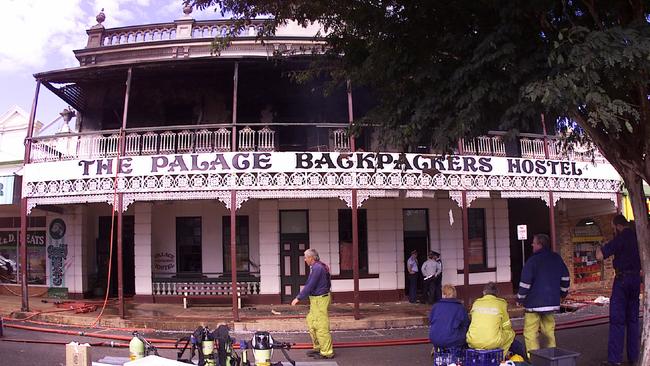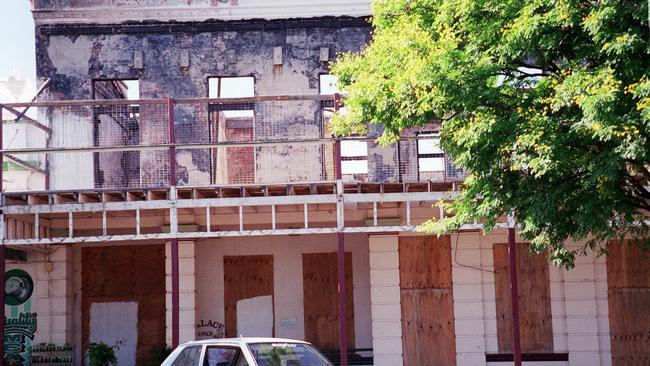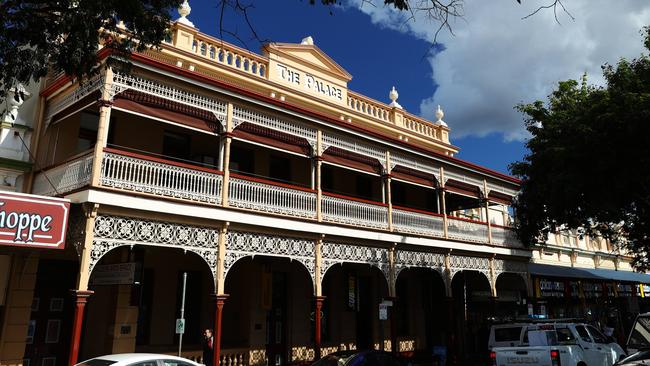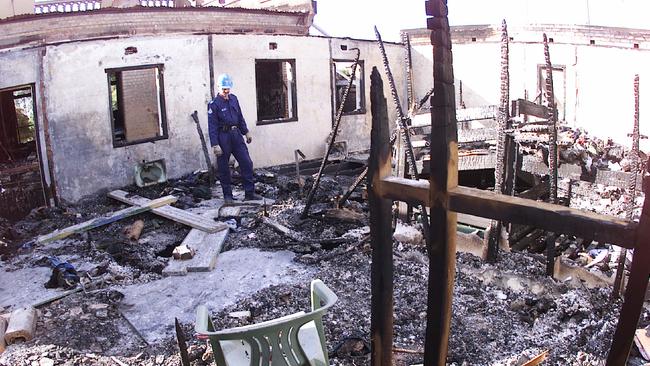WHEN Robert Long set fire to an old, converted building packed with young travellers, it was a terrible and tragic combination of factors that prevented them from escaping to safety.
The fire alarm was inoperable. Exit doors were blocked by furniture. Bars had been built over windows.
The building’s design, which included a large atrium area that funnelled superheated air, caused a fire that started on the ground floor to quickly explode onto the top floor.
Nobody but Long was found criminally responsible for the fire that killed 15 people – but the tragedy led to massive changes in fire safety regulations.
After the Childers fire, the State Government immediately established a task force to investigate fire safety in budget accommodation.
Fire fighters and senior representatives from government departments reviewed inspection reports from 1500 budget accommodation facilities.
Like Childers, problems were identified in many buildings where the use had changed over time – resulting in a building that had originally housed a certain number of people becoming crammed with bunks and bodies.

“In response, the key recommendation of the task force was that there be set a minimum standard of building fire safety that was to apply to all existing budget accommodation, irrespective of when the building was constructed,” State Coroner Michael Barnes said in his 2006 inquest findings.
“It is to be supported by a system of testing, maintenance and auditing designed to ensure compliance.”

Retired Queensland Fire and Emergency Services Assistant Commissioner John Watson – who was among the firefighters to battle the Childers blaze – said everything changed as a result of those 15 deaths.
“It really was the genesis of the building and other legislation (amendment) act that we brought in for hostels and backpackers. That’s why you’ll find that fire fighters are so passionate about that piece of legislation,” he said.

“It was a must do. We had no choice. We had to do it to bring in those sort of controls.”
He said back in 2000, fire fighters would routinely conduct safety inspections of hospitals, nursing homes and other high-risk buildings.
But it was early days for backpacker hostels.
“And they changed the use of the building, they’d increased the use of the building,” Mr Watson said.
“I mean, the building was over 100 years old. People had been sleeping in bedrooms in pubs for 100 or 200 years.
“But if you put ten times as many people or whatever into the building with the same facilities, and they were 100-year-old facilities, the risk is much higher.”
MORE FROM THE SERIES:
– ‘BODIES FELL THROUGH CEILING’: FLASHPOINT OF DEADLY INFERNO
– SEVEN COFFINS OF HEATHROW: MOMENT FAMILY’S NIGHTMARE UNRAVELLED’
– HOW SUICIDAL MADMAN GOT AWAY WITH KILLING 13
– ‘I’M DYING ANYWAY’: LONG’S BIZARRE $10 NOTE CONFESSION
– TORTURE, TORMENT AND FANTASY: MAKINGS OF SUICIDAL MADMAN
– ‘SNAKY LITTLE BASTARD’: INSIDE LONG’S PRISON LIFE
– DEATHLY SCREAMS, SCRAMBLE FOR LIFE: INSIDE AS PALACE EXPLODED


‘I miss being able to talk to them’: Tribute for slain Aussie brothers
A tribute has been unveiled where Australian brothers Jake and Callum Robinson and their American friend were murdered during a surf trip.
Melb private schoolboy’s stunning Russian mafia admission
An investigation into former Melbourne private schoolboy Damien Carew has taken a dramatic turn after his latest police confession.